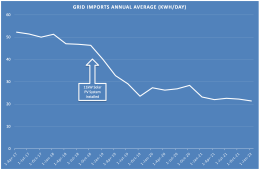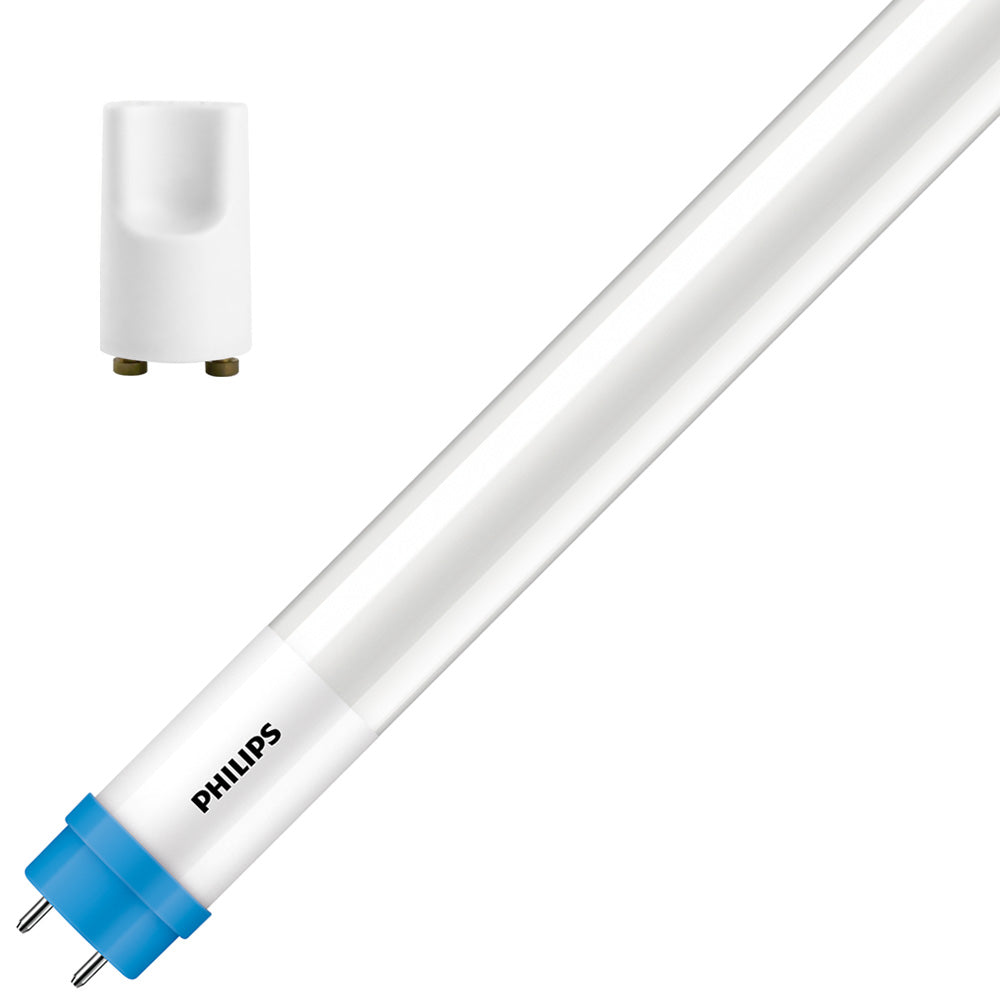Ozark Tinkering
Solar Addict
- Joined
- Dec 23, 2021
- Messages
- 1,109
I'm getting ready to purchase a new inverter generator to replace the old Troybilt 5550 gasoline jobber that I converted to propane many years ago. That generator while it served its purpose provided very dirty power. It needs to go. A year ago I installed a grid-tied 5kw Enphase rooftop system and am really appreciating having it.
Recently I found this site and have done some extensive reading here and find the knowledge base to be broad and the members to be generous in sharing.
So the generator I am looking at is a DuroMax 9,000-Watt/7,600-Watt Dual Fuel Remote Start Inverter Generator with Portable Digital Parallel that claims to produce power with <3% harmonic distortion at half load. My Enphase micro inverters can handle up to 5%.
So far it's the largest portable inverter I have found and I'm wondering if anyone here has one or experience with one.
My longer term plan is to get 2 of these units and parallel them so I can run everything in my home without rationing and eventually adding enough storage so I can energize my Enphase system during the day and use it as normal plus have a place to store the excess it will produce, all during an outage from the grid.
I'm trying to do this in some sort of logical order from where I already am, so that's where I'm starting from and here's where I think I need to go. I'm looking for suggestions and critique and wear flame retardant shirts. I'm looking for performance, compatibility and value for the $ spent. I'm not afraid to mix and match to get the best bang for my buck, but I won't leap into something without understanding the task in front of me first. I have a strong electrical construction and industrial troubleshooting background, but this is my first system where dc power will be the heart of the system, so I'll have a buttload of apprentice level questions.
I think this is the order I need to buy the pieces in to be able to build the system in it's entirety-over time (like 2+ years) so that when I'm done I have a legit self sustaining island grid and have reliable backup power from the start, that exceeds what my old generator has been providing only with clean power but allows me too also run my existing rooftop Enphase system to operate while I am disconnected from the utility grid.
Order of purchase and installation of the major components;
1. DuroMax 9,000-Watt/7,600-Watt Dual Fuel Remote Start Inverter Generator with Portable Digital Parallel
2. 5kw* of LiFePO4 cells and bms, connection hardware and 2-Mpp LV6548 All-in one (if harmonic distortion is <5%) (leaning toward prismatic cells, could DIY)
3. 48vdc battery charger
4. 10kw used solar panels 250watt or higher
5. 15kw of LiFePO4 cells, hardware and bms
6. 15kw of LiFePO4 cells, hardware and bms
So first off, does anyone have any experience with the DuroMax 9,000-Watt/7,600-Watt Dual Fuel Remote Start Inverter Generator with Portable Digital Parallel? I chose it because I can run it on propane and it is the largest unit I could find that I can run on a 100lb. propane bottle and still have clean inverted power to establish my island grid with. Plus I could buy a second one and parallel them to double my capacity should I ever need that option.
Thanks!
*I edited to change #2 from 15kw to 5kw to spend less and still be able test functionality.
Recently I found this site and have done some extensive reading here and find the knowledge base to be broad and the members to be generous in sharing.
So the generator I am looking at is a DuroMax 9,000-Watt/7,600-Watt Dual Fuel Remote Start Inverter Generator with Portable Digital Parallel that claims to produce power with <3% harmonic distortion at half load. My Enphase micro inverters can handle up to 5%.
So far it's the largest portable inverter I have found and I'm wondering if anyone here has one or experience with one.
My longer term plan is to get 2 of these units and parallel them so I can run everything in my home without rationing and eventually adding enough storage so I can energize my Enphase system during the day and use it as normal plus have a place to store the excess it will produce, all during an outage from the grid.
I'm trying to do this in some sort of logical order from where I already am, so that's where I'm starting from and here's where I think I need to go. I'm looking for suggestions and critique and wear flame retardant shirts. I'm looking for performance, compatibility and value for the $ spent. I'm not afraid to mix and match to get the best bang for my buck, but I won't leap into something without understanding the task in front of me first. I have a strong electrical construction and industrial troubleshooting background, but this is my first system where dc power will be the heart of the system, so I'll have a buttload of apprentice level questions.
I think this is the order I need to buy the pieces in to be able to build the system in it's entirety-over time (like 2+ years) so that when I'm done I have a legit self sustaining island grid and have reliable backup power from the start, that exceeds what my old generator has been providing only with clean power but allows me too also run my existing rooftop Enphase system to operate while I am disconnected from the utility grid.
Order of purchase and installation of the major components;
1. DuroMax 9,000-Watt/7,600-Watt Dual Fuel Remote Start Inverter Generator with Portable Digital Parallel
2. 5kw* of LiFePO4 cells and bms, connection hardware and 2-Mpp LV6548 All-in one (if harmonic distortion is <5%) (leaning toward prismatic cells, could DIY)
3. 48vdc battery charger
4. 10kw used solar panels 250watt or higher
5. 15kw of LiFePO4 cells, hardware and bms
6. 15kw of LiFePO4 cells, hardware and bms
So first off, does anyone have any experience with the DuroMax 9,000-Watt/7,600-Watt Dual Fuel Remote Start Inverter Generator with Portable Digital Parallel? I chose it because I can run it on propane and it is the largest unit I could find that I can run on a 100lb. propane bottle and still have clean inverted power to establish my island grid with. Plus I could buy a second one and parallel them to double my capacity should I ever need that option.
Thanks!
*I edited to change #2 from 15kw to 5kw to spend less and still be able test functionality.
Last edited:








